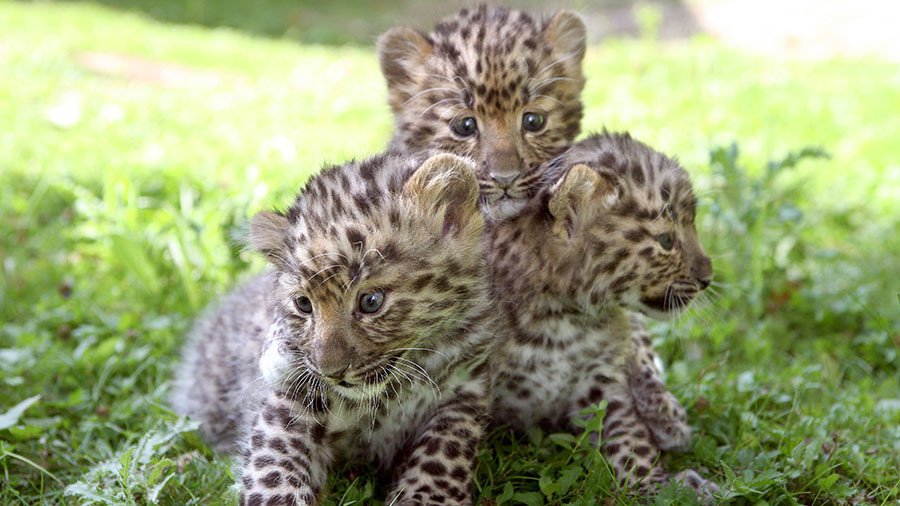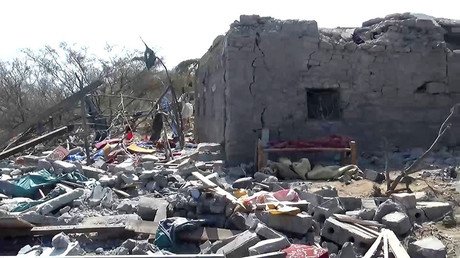Saved from extinction: No threat to world’s rarest wild cat after Russian park triples population

A Russian national park has managed to more than triple the population of Far Eastern leopards, saving the rare wild cat from extinction. The success has left the park short of space for its 100-plus spotted inhabitants.
Far Eastern wild cats, also known as Amur leopards, are one of the world’s most critically endangered species, and were on the verge of extinction until recently. That threat has now passed, thanks to measures taken by the Russian government.
“The threat of this subspecies’ extinction has been fully eliminated,” Sergey Ivanov, special presidential representative for environmental protection, ecology and transport, stated on Wednesday. He added that the success in preserving the leopards’ population had proven that Russian projects in this area are some of the best in the world.
In 2012, Russia established Land of the Leopard national park in Primorsky Krai. The 262,000-hectare park, together with another natural reserve ‘Kedrovaya Pad,’ cover some 70 percent of the animal’s natural habitat. It became the main organizational force for leopard protection, according to the World Wildlife Fund (WWF).
Back in 2012, the species’ prospects were very bleak, according to Ivanov. “There were only 30 of the rarest and the most beautiful wild cat,” he said, as cited by RIA Novosti.
However, a lot has been done since then, and the population has grown significantly, exceeding 100 leopards and cubs.
While the population of the Amur leopard is out of danger, the authorities are now faced with another, more welcome, problem. The tripled population requires much more space, as each of those wild cats needs its own area.
“Having solved one problem, we have created another, as often happens in life. Now, we don't have enough territory – there are too many cats and each one of them requires its own area,” Ivanov said.
READ MORE: Northern White Rhino doomed to extinction after last male dies in Kenya
Known as the rarest wild cat on the planet, there were just 30 Amur leopards in Russia and up to a dozen more in China in 2007. The first signs of population recovery occurred in 2015, when the population almost doubled to 57 cats. Last year, there were 84 adult leopards in the Land of the Leopard.
In early April, the national park offered its social-network subscribers the chance to choose a name for one of its spotted inhabitants. After the vote finished last week, a young female wild cat was named Taiga.
Like this story? Share it with a friend!














